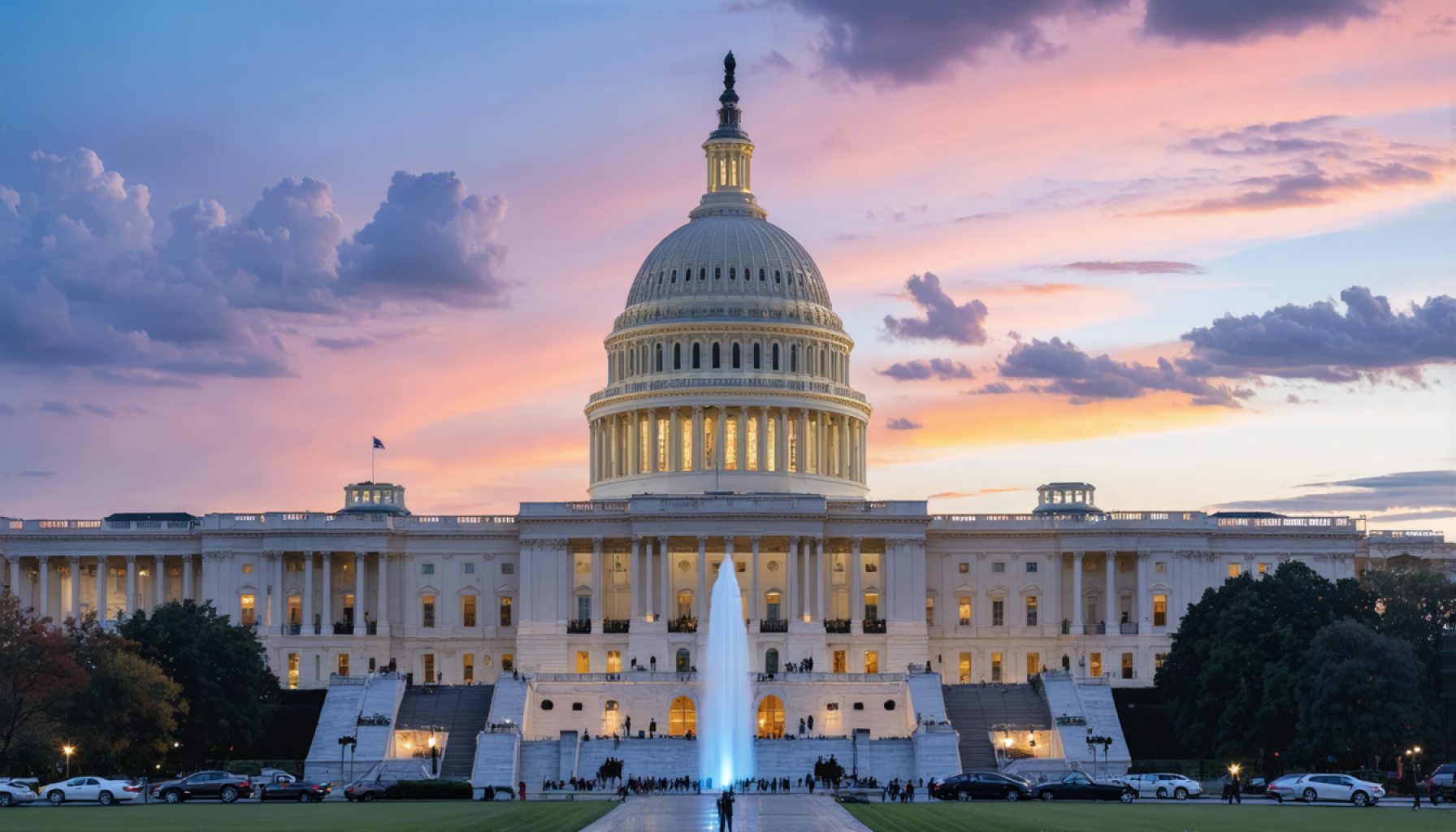- An AI assistant, developed by Elon Musk’s xAI Grok-2 platform, seeks to enhance federal efficiency by targeting bureaucratic waste.
- Linked to Dogecoin and housed under the Department of Government Efficiency (DOGE), the AI aims to make government procedures more streamlined.
- Challenges include AI “hallucinations” that can lead to incorrect recommendations, despite the potential for significant cost savings.
- Elon Musk envisions the AI assistant cutting trillions in waste, aspiring to a more responsive and efficient government structure.
- While using cutting-edge technologies, such as drones and wearables, the project faces skepticism and potential legal challenges.
- If successful, the initiative could redefine public service, offering a glimpse of a digital renaissance driven by AI innovation.
A mysterious new force is stirring within the hallways of government—an AI assistant seeking to unravel the bureaucratic knots that bind federal efficiency. Tasked with eliminating waste, this digital brainchild appears to emerge from Elon Musk’s inventive mind and aims to transform how government functions.
Housed on an obscure subdomain whimsically linked to Dogecoin, the chatbot beckons government employees to “make requirements less dumb.” Heralding from xAI’s Grok-2 platform, this virtual sleuth scrutinizes federal procedures, targeting redundancy with ruthless precision.
The Department of Government Efficiency (DOGE), helmed by Musk and commissioned by President Donald Trump, faces the Herculean task of trimming bloated spending. Yet, uncertainty shrouds the chatbot’s practical deployment within this mission. Still, it represents an audacious leap—fusing cutting-edge technology with the age-old struggle against government waste.
As testers poke and prod this machine’s algorithmic heart, early signs expose familiar pitfalls. Missteps, or “hallucinations,” that plague many AI models afflict it, creating figments where facts should dwell. Even so, the bot’s embrace of emerging technologies, such as drones and wearables, hints at bold proposals.
Critics remain skeptical, and legal battles loom large with each swing of Musk’s cost-cutting axe. But the visionary claims the potential to eliminate trillions in waste. His vision coalesces around a dream of restored democracy—a responsive government unshackled from the mire of outdated processes.
Here lies the tantalizing promise of a digital renaissance led by a charismatic innovator. If this AI can chart a course through the tangled web of governance, it might just redefine public service itself, whispering to all the promise of a leaner, nimbler future.
Can Elon Musk’s AI Assistant Really Revolutionize Government Efficiency?
Features, Specs & Pricing
The AI assistant, reportedly from xAI’s Grok-2 platform, is designed to analyze and streamline government procedures by identifying and eliminating redundant processes. While details about its specific features are sparse, it likely leverages natural language processing, machine learning algorithms, and data analytics to perform its tasks. As of now, there is no publicly available information about its pricing structure or whether it will be accessible to entities outside the government.
How-To Steps & Life Hacks
Government employees using the AI can start by feeding complex procedural documents into the system. The AI then analyzes these documents, offers simplifications, and highlights redundancies. Additionally, workers can interact with the chatbot to ask specific questions and receive recommendations on improving processes.
Quick Tip: When using AI tools, provide clear and structured inputs to maximize the quality of the output.
Real-World Use Cases
The assistant could be used across various departments to streamline procurement processes, reduce unnecessary labor, and enhance reporting efficiency. It may also aid in revising outdated regulations to create a more agile and responsive government infrastructure.
Market Forecasts & Industry Trends
With the increasing adoption of AI across multiple sectors, the government AI solutions market is expected to grow substantially. According to a report by McKinsey, AI could deliver an additional $13 trillion to the global economy by 2030, indicating substantial potential for public sector applications.
Reviews & Comparisons
While specific reviews for this AI are currently unavailable, similar AI tools, such as IBM Watson and Google’s TensorFlow, are widely used in business for similar purposes. These tools are praised for their data-handling capabilities but criticized for occasional inaccuracies or biases, issues that may also affect this government-focused AI.
Controversies & Limitations
Potential controversies include data privacy concerns and the risk of AI replacing human jobs. Additionally, the technology’s current limitations include susceptibility to “hallucinations,” where the AI generates incorrect or misleading information.
Security & Sustainability
The security of any AI system handling government data is paramount. While details about the security measures in place for this AI are not disclosed, common practices include data encryption, access control, and regular security audits. Sustainability, in terms of reducing environmental impact, can be achieved by optimizing computation processes and utilizing renewable energy sources.
Insights & Predictions
If successful, the AI could catalyze a transformation in the public sector, leading to substantial cost savings and more efficient services. However, without addressing privacy and ethical concerns, adoption could face significant hurdles.
Actionable Recommendation: Government agencies should undertake pilot programs to test AI solutions, involve ethics boards, and ensure comprehensive data governance strategies are in place.
Pros & Cons Overview
Pros:
– Potential to reduce waste and increase efficiency.
– Can process large volumes of data quickly.
– May improve decision-making processes.
Cons:
– Risks related to data privacy and security.
– Potential job displacement.
– Challenges stemming from AI “hallucinations” and inaccuracies.
For more information on AI advancements, visit Tesla for updates from Elon Musk.
